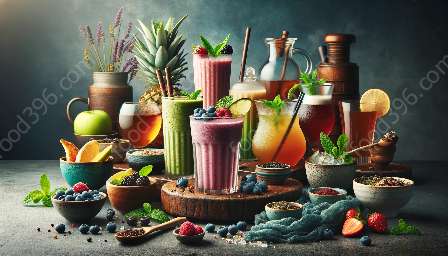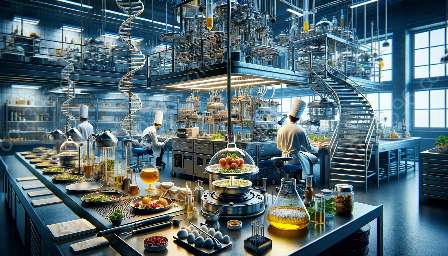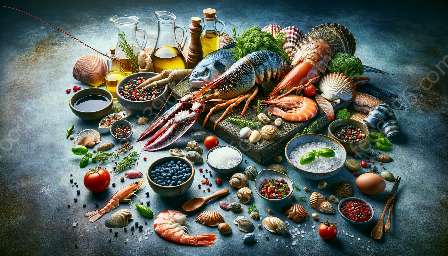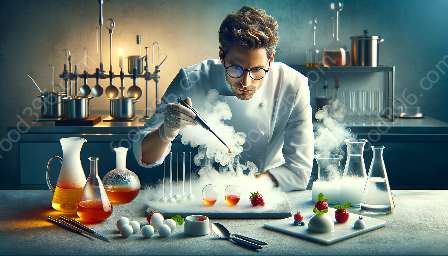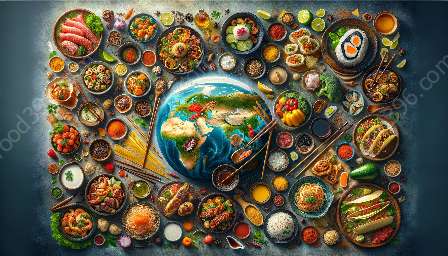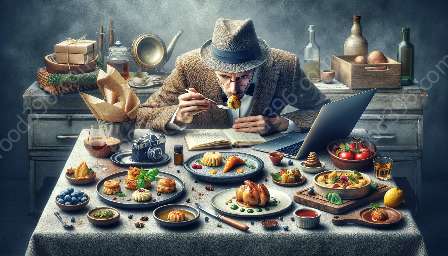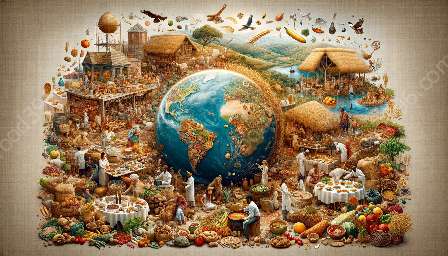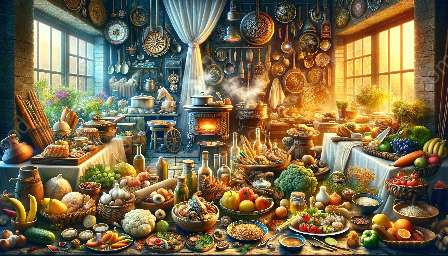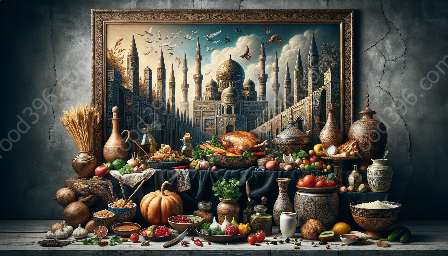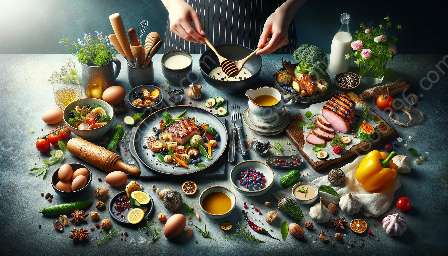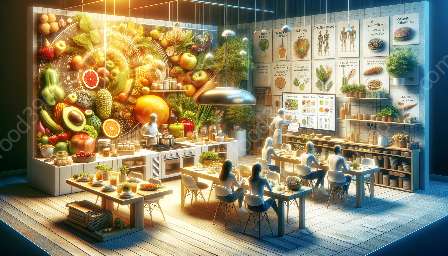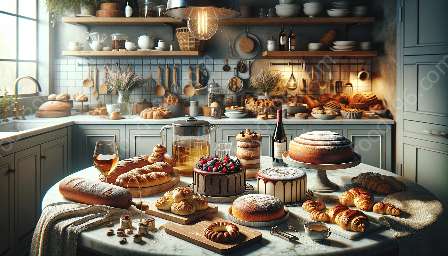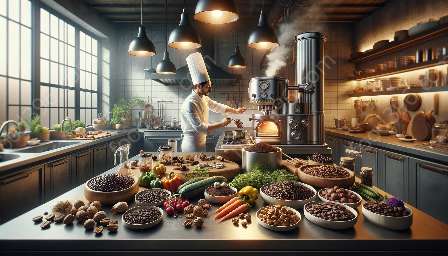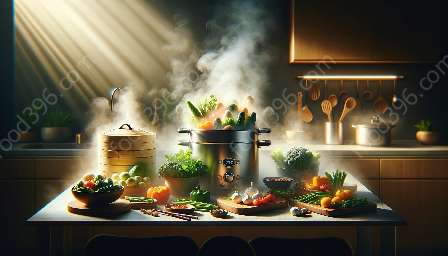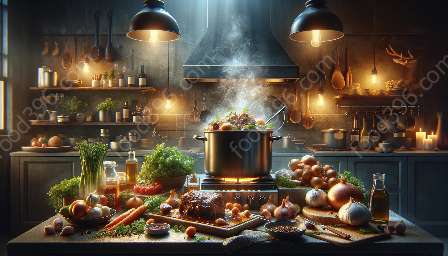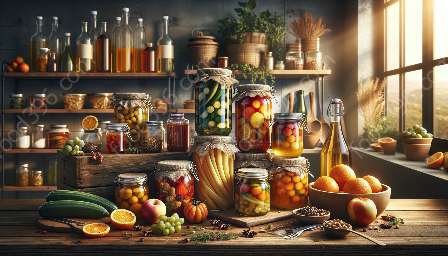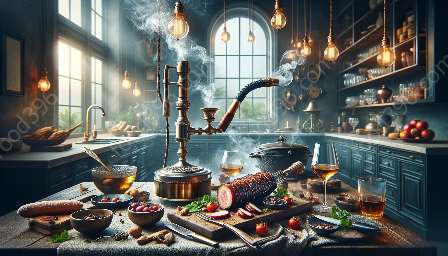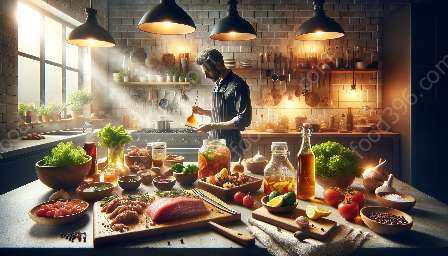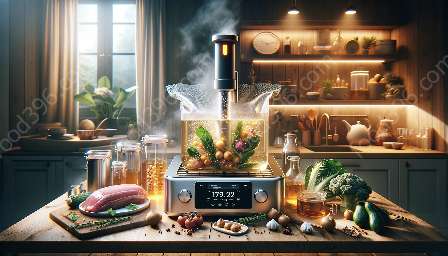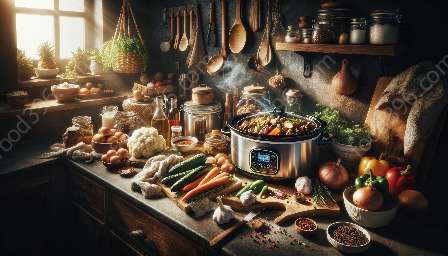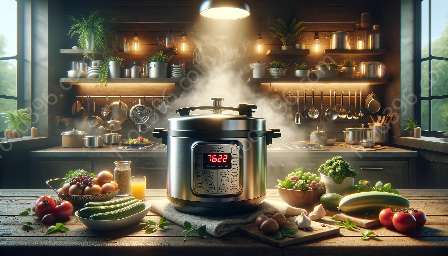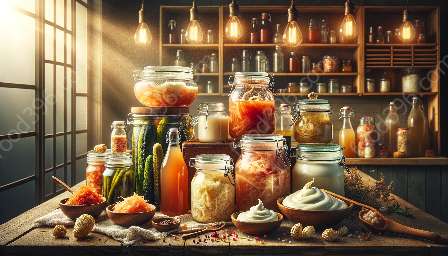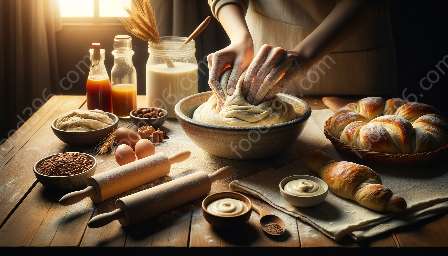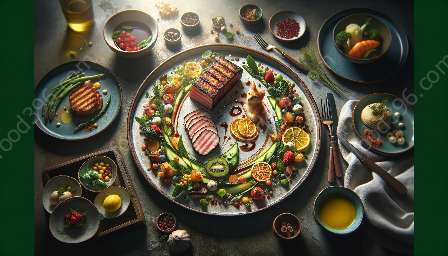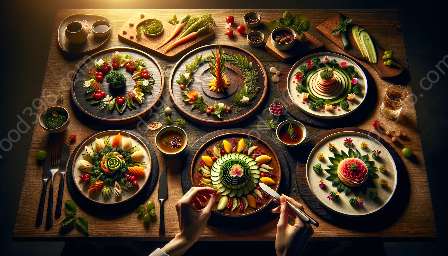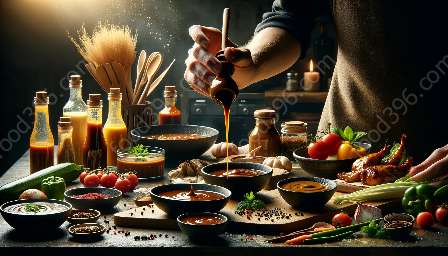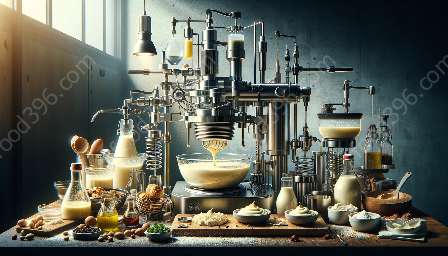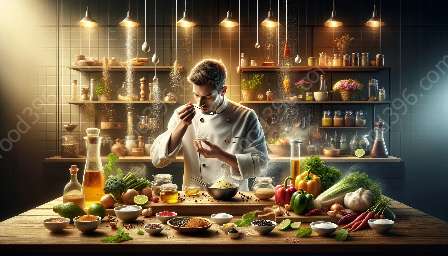Food preparation techniques are the foundation of culinary mastery, encompassing a wide array of skills and methods that transform raw ingredients into delectable dishes. Whether you're a novice cook looking to hone your skills or a seasoned chef seeking new inspiration, understanding food preparation techniques is essential for creating memorable and delicious meals.
In this comprehensive guide, we'll delve into the world of food preparation techniques, exploring everything from knife skills and cooking methods to flavor enhancement and plating presentation. By the end of this journey, you'll have a deeper understanding of the artistry and science behind culinary preparation, empowering you to unleash your creativity in the kitchen.
Knife Skills: The Foundation of Culinary Artistry
One of the fundamental food preparation techniques is mastering the art of knife skills. A sharp and well-handled knife is the cornerstone of every successful dish, allowing for precision in cutting, slicing, dicing, and chopping ingredients. By honing your knife skills, you not only ensure consistent and even cooking but also elevate the visual appeal of your culinary creations.
Types of Cuts
Understanding the various types of cuts is key to proficient knife skills. From julienne and brunoise to chiffonade and batonnet, each cut serves a specific purpose in enhancing texture and flavor in dishes. Embracing these cutting techniques will enable you to transform raw ingredients into beautifully prepared components for your recipes.
Knife Maintenance and Safety
Proper knife maintenance and safety are equally important aspects of mastering knife skills. Regular sharpening and honing of your blades ensure precision and efficiency, while practicing safe handling techniques minimizes the risk of accidents in the kitchen. By integrating these practices into your routine, you'll not only prolong the lifespan of your knives but also enhance the quality of your culinary preparations.
Cooking Methods: Unleashing Flavor and Texture
Exploring diverse cooking methods expands your culinary repertoire, allowing you to harness an array of flavors and textures. From sautéing and braising to grilling and steaming, each technique imparts distinct characteristics to ingredients, elevating the sensory experience of your dishes.
Temperature Control and Maillard Reaction
Understanding the impact of temperature control and the Maillard reaction on food preparation is essential for achieving optimal flavor and color development. Navigating the complexities of heat application, from searing meats to caramelizing vegetables, empowers you to craft harmonious and well-balanced flavors in your cooking.
Moist and Dry Heat Methods
Delving into the nuances of moist and dry heat cooking methods unveils a spectrum of culinary possibilities. Whether you're braising tender cuts of meat to succulent perfection or utilizing dry heat to achieve crisp textures and concentrated flavors, the mastery of these techniques broadens your culinary prowess.
Flavor Enhancement: Elevating Culinary Creativity
Enhancing flavors is an art form that distinguishes exceptional cooks from ordinary ones. Incorporating herbs, spices, aromatics, and various seasoning techniques enables you to craft multi-dimensional and enticing flavor profiles in your dishes, captivating the palates of your diners.
Balancing Flavors and Seasonings
Maintaining a delicate balance of flavors and seasonings is a hallmark of culinary finesse. Understanding the interplay between saltiness, sweetness, acidity, and umami empowers you to harmonize disparate elements and elevate the overall sensory experience of your culinary creations.
Aromatics and Infusions
Exploring the realm of aromatics and infusions opens doors to an array of captivating flavor enhancements. From infusing oils with herbs and spices to creating aromatic bouquets through the use of garlic, onions, and herbs, these techniques imbue your dishes with depth and complexity, captivating the olfactory senses of your guests.
Plating Presentation: Engaging the Senses
Visual appeal is a crucial component of culinary artistry, and mastering the art of plating presentation enhances the overall dining experience. The arrangement of ingredients, the use of negative space, and the application of artistic flair all contribute to the visual allure of your dishes.
Composition and Balance
Understanding the principles of composition and balance in plating presentation allows you to create visually stunning arrangements that entice and captivate. Embracing contrast, color harmony, and thoughtful placement of elements elevates the aesthetic appeal of your culinary creations, transforming them into works of art on the plate.
Garnishes and Finishing Touches
Utilizing garnishes and finishing touches as a final flourish adds depth and sophistication to your plated creations. From microgreens and edible flowers to intricate sauce drizzles, these embellishments elevate the visual impact of your dishes, inviting admiration and anticipation from your guests.
Embrace the Art of Food Preparation Techniques
Embark on a journey of culinary exploration and immerse yourself in the art of food preparation techniques. Whether you're seeking to refine your skills or unleash your creative potential, the mastery of these techniques will enrich your culinary endeavors and elevate your cooking to new heights. With dedication, practice, and a spirit of experimentation, you'll unlock the boundless possibilities of culinary artistry and delight the senses of those who gather around your table.



